Loofah scrub
฿40.00
Loofah scrub
Health
Benefits of Scrubbing With a Loofah
Although you may call them a loofah sponge, these
long, fibrous bath accessories come from a vegetable source and not a sea
creature. The luffa plant, a relative of the cucumber, produces large gourds
that leave a durable network of fibers after treating and drying the fruit. The
resulting mildly abrasive scrubber exfoliates your skin and enhances surface
circulation.
Exfoliation
The outermost layer of your skin, the epidermis,
naturally sheds dead skin cells. Normal friction removes some of these shed
cells, but others remain in place, dulling your complexion or turning it ashy.
Exfoliation helps this natural process along, using gentle friction to brush
excess skin cells from the surface of your skin. Removing dead skin cells not
only improves the look of your skin, it also sweeps away places where bacteria
and soil could collect.
Improving Circulation
Any friction on your skin increases localized blood
flow. Capillaries, the tiny blood vessels closest to your skin, naturally
expand when stimulated. You’ve made use of this response if you’ve tried to
warm your hands by rubbing them together to create friction and stimulate blood
flow. A loofah has a similar effect, stimulating increased circulation to areas
that you scrub with it. Unlike harshly abrasive scrubbers and sponges, a
loofah’s firm but elastic fibers are round in cross section and are less likely
to scratch skin.
Myths
Loofahs have been touted as a solution to cellulite
deposits, but rubbing any object on the surface of the skin cannot change the
structure of the skin’s lower layers. Cellulite, the dimpled fat deposits that
typically appear on the thighs and hips, is no different from subcutaneous fat
elsewhere on the body. Like other types of fat, no amount of surface pressure
will permanently change its volume or appearance, although a loofah can improve
the condition of the skin over the subcutaneous fat.
Precautions
Loofahs help keep your skin in good shape, but they
can also harbor harmful bacteria in their many tiny holes. Like all plant
matter, loofahs are also susceptible to decay if kept constantly wet, so let
your loofah air dry between uses. Washing it in a mild bleach solution could
extend its useful life, but you should replace your loofah frequently. A clean
loofah has a mild strawlike smell; any off-putting odors signify a loofah that
needs to be replaced. Avoid using a loofah on any part of your skin with
reduced sensation; although the fibers in the gourd are unlikely to scratch
your skin, it’s safer to use only soft materials on areas with low sensation.

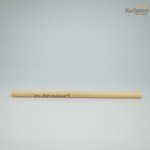
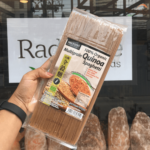

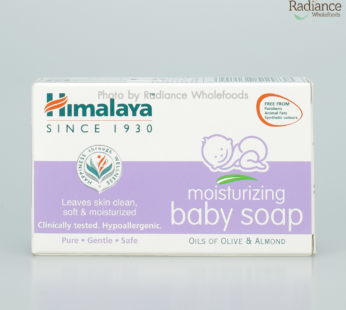
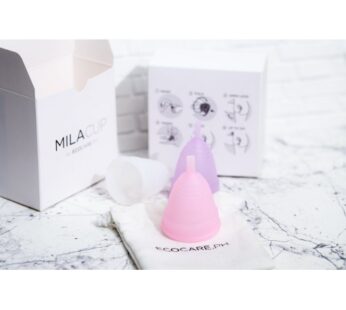

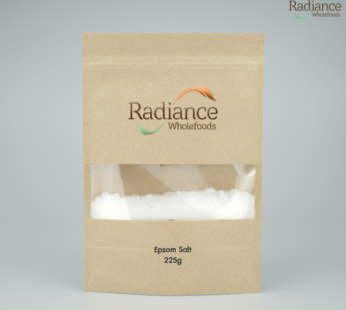
Reviews
There are no reviews yet.